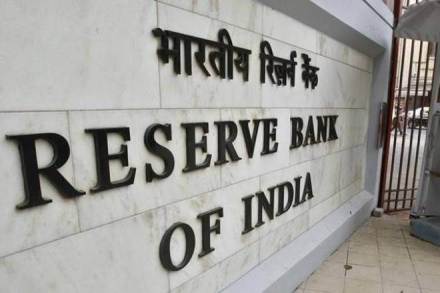The certificates of registration of 1,604 non-banking financial companies (NBFCs) were cancelled in 2018-19 for non-fulfilment of the minimum net owned fund requirement criterion of Rs 2 crore, as part of efforts to weed out non-compliant weak NBFCs.
The mandate to maintain financial stability is ensured through close supervision of systemically important NBFCs; those with asset size of Rs 500 crore and above. They are currently 276 in number and account for 85% of the asset size of the sector, the central bank report said.
Watch Video: How To File ITR-1 for AY 2019-20 in less than 15 minutes
All four pillars of supervision — on-site examination, off-site surveillance, market intelligence and annual certificate received from statutory auditors — are used for monitoring NBFCs, the RBI mentioned. Smaller NBFCs are monitored through off-site surveillance, market intelligence and on-site scrutiny visits. From October 2018, the imposition of monetary penalty has been separated from the supervisory function with a view to ensuring independent and neutral assessment. The Enforcement Department now decides monetary penalties in respect of NBFCs.
As part of the ‘ownership-neutrality’ principle, adopted for supervision of NBFCs, all government-owned NBFCs, accounting for 30% of assets of the sector, and government-owned deposit taking NBFCs, which account for 1.4% of assets of the sector, have been brought under RBI’s on-site inspection framework and off-site surveillance from the inspection cycle 2018-19.
All NBFCs including fintech-based P2P NBFCs are also being brought under off-site reporting through the XBRL platform. In the context of electronic transactions and their surveillance, monitoring of cyber security-related incidents in the NBFC sector has gained traction.
